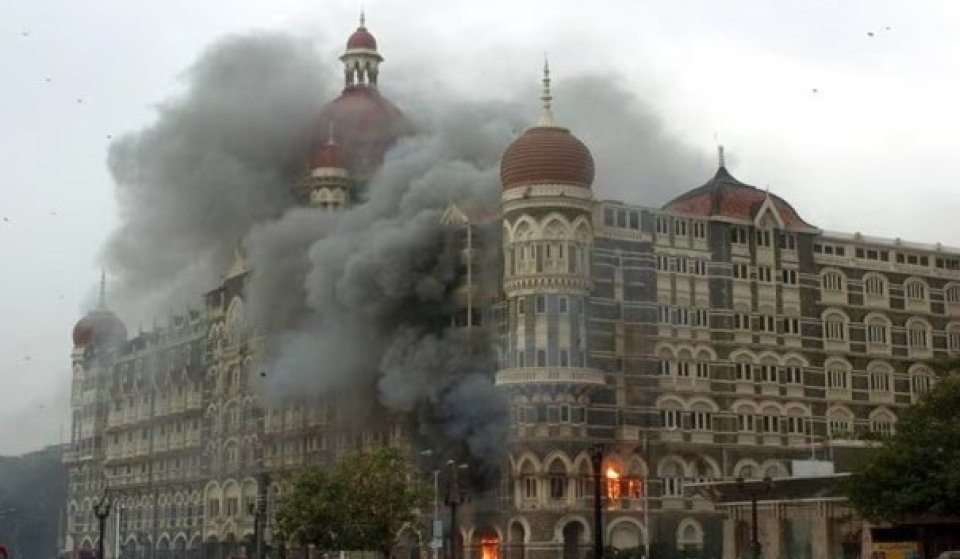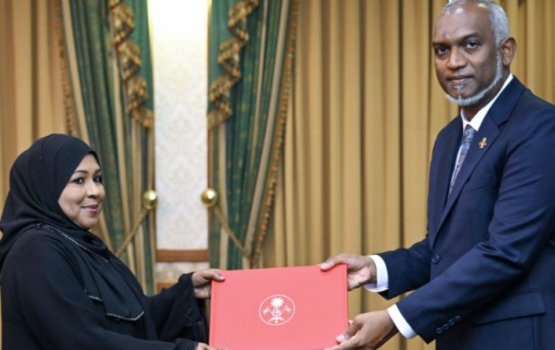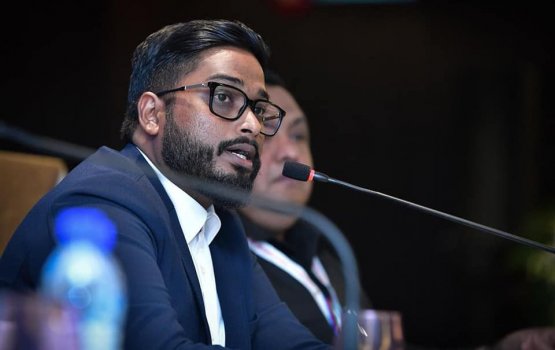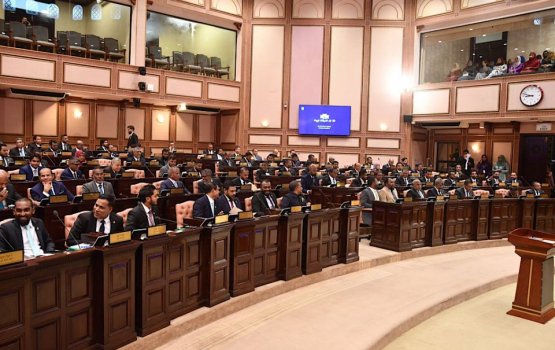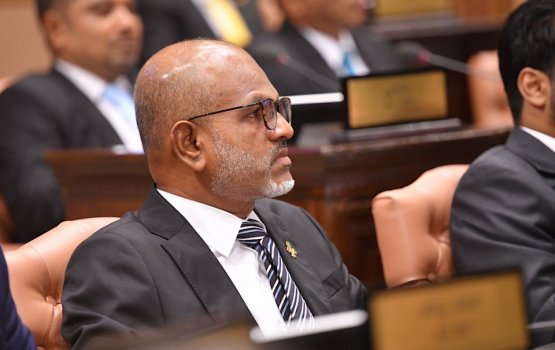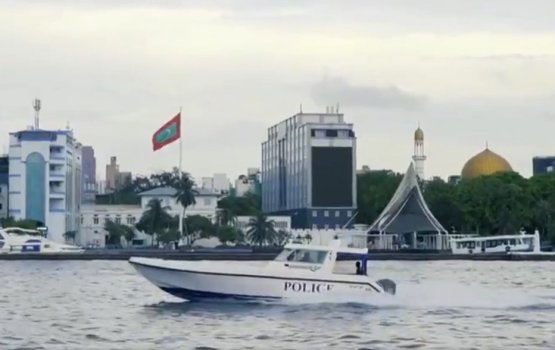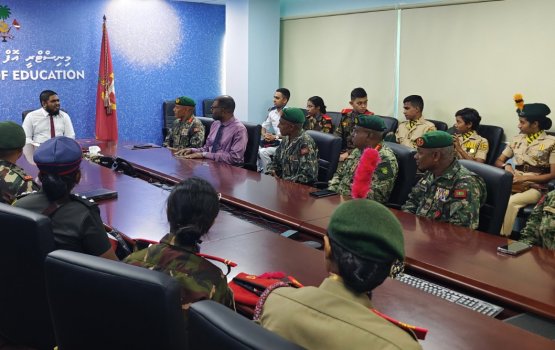On the evening of November 26, 2008, the Taj Mahal Palace Hotel in Mumbai, one of the most iconic landmarks of India, became the stage for a brutal and horrifying terrorist assault. The siege would last for over 60 hours, taking dozens of lives and leaving the city of Mumbai, and the world, in a state of shock and mourning. But amidst the devastation, there were stories of extraordinary bravery, unwavering resilience, and the indomitable spirit of Mumbai that would not be broken, even in the face of terror.
The Attack Begins: Chaos at the Taj
It was a typical evening at the Taj Mahal Palace Hotel. Guests from around the world were enjoying their meals, relaxing in the luxurious rooms, and attending the hotel’s glamorous events. But as the clock struck 9:30 PM, the calm was shattered by the sound of gunfire. Ten heavily armed terrorists, who had arrived in Mumbai by sea, launched a coordinated attack on several key locations across the city, including the Taj Hotel.
The attackers stormed the hotel, firing indiscriminately at guests and hotel staff. As the terrorists gained control of the lower floors, they set off explosions, and guests in the lobby and restaurants scrambled for safety. Within minutes, the hotel was plunged into chaos. The attackers took hostages, barricading themselves in the hotel's upper floors, while guests and staff found themselves trapped, unable to escape the madness unfolding around them.
For many, the Taj Mahal Palace Hotel was a symbol of security, of luxury, of tradition. But on that fateful night, it became a battleground between life and death.
The Heroes of the Taj: Bravery in the Face of Terror
In the face of such violence, it was the hotel staff, the guests, and the police who showed remarkable courage. Many of the hotel’s employees risked their lives to protect guests, some of whom were complete strangers, while others did everything in their power to escape the attackers.
One such hero was the hotel’s head of security, Tukaram Omble. Omble, along with other members of the hotel’s security team, confronted the terrorists, giving others the opportunity to flee. Omble’s actions are remembered as some of the most heroic of the night. Tragically, Omble was killed during the firefight, but his bravery was instrumental in preventing further bloodshed.
Guests also displayed extraordinary courage. Many huddled in rooms, staying silent and waiting for rescue while others managed to escape, guiding others to safety. One guest, an American national, even assisted in managing the chaos, helping several guests hide in the hotel’s basement until security forces arrived.
The Police and Commandos: A Battle Against Time
As the situation escalated, the Mumbai police were the first responders. However, the attackers, well-trained and heavily armed, created a challenging environment for the officers. The Mumbai police, especially the Anti-Terrorism Squad (ATS), came under fire as they tried to take control of the situation. Several officers, including the valiant Ashok Kamte and Vijay Salaskar, sacrificed their lives in the line of duty.
The operation soon escalated, and specialized forces were called in. The National Security Guard (NSG) commandos arrived and began their methodical assault on the hotel, determined to rescue hostages and neutralize the attackers. The commandos, some of whom had no prior experience with urban warfare on this scale, moved room by room, floor by floor, battling the gunmen in close quarters. It was an operation that lasted for three long days and nights.
The NSG’s courage and expertise, along with the invaluable cooperation of local police and other emergency services, ultimately resulted in the neutralization of the terrorists inside the Taj Hotel. But the cost of victory was high. In total, 31 people were killed at the Taj, including guests, staff, and security personnel. More than 100 were injured, some critically.
The Aftermath: The Long Road to Recovery
The attacks on the Taj Mahal Palace Hotel were a devastating blow not just to the people who lost their lives, but to the city of Mumbai itself. The Taj was a symbol of resilience and prosperity for India, and its assault was a direct attack on that spirit. Yet, even as the hotel burned, the people of Mumbai demonstrated their unyielding strength.
In the days following the attacks, Mumbai began its process of healing. The Taj Mahal Palace Hotel, though scarred by explosions and fire, quickly began its restoration. Staff members who survived the ordeal returned to work, often working alongside the police and armed forces to help rebuild what had been destroyed. The hotel’s iconic dome, scarred but standing tall, became a symbol of resilience—both of the city and of the nation.
For the survivors, the impact of the attacks was not just physical, but emotional. Many were left with psychological scars that would take years to heal. However, they took solace in knowing that they had been part of something larger than themselves—an enduring testament to the strength of the human spirit.
The National and International Impact
The 26/11 attacks had a profound impact not just on Mumbai, but on India and the global community. The world watched as the terrorists attacked with impunity, and the media coverage of the siege brought the horrors of terrorism into living rooms across the world. India’s security agencies, long criticized for their lack of preparedness, were forced to reckon with the fact that terrorism had come to the nation’s doorstep in a way it had never before.
In the wake of the attacks, there was a concerted effort to overhaul India’s security infrastructure. The establishment of the National Investigation Agency (NIA), the reform of counter-terrorism measures, and the creation of a dedicated anti-terrorist network were some of the major steps taken to improve preparedness and prevent future attacks.
Internationally, the attacks raised questions about the porous borders between India and Pakistan, as the attackers were traced back to Pakistan. The 26/11 attacks put a spotlight on the need for global cooperation in the fight against terrorism, leading to more stringent measures and diplomatic pressures aimed at curbing terror networks operating in the region.
According to reports, Abu Jindal, an Indian citizen traveling with a Pakistani passport, was in the control room in Karachi in 2008 talking on the phone to the ten terrorists. He gave them advice on where to look for more victims in the Taj Hotel, for example, and instructed them when to murder their hostages. His voice was recorded by the Indian authorities listening in on the phone calls and has since been replayed in chilling detail by the Indian police for all to hear.
According to press reports from India, Jindal was arrested on June 21 after being deported from Saudi Arabia to India. The arrest operation was a joint counter-terrorism effort by India, Saudi Arabia, and the U.S. Abu Jindal was in the Kingdom recruiting and training new LeT volunteers from the enormous Pakistani diaspora in the Gulf countries. He was allegedly in the final stages of a “massive” new terror plot. Abu Jindal has also been linked to other attacks in India including the bombing of the Mumbai metro and train system in 2006 that killed over 180.
The Legacy of 26/11
The 26/11 Mumbai terror attacks remain one of the darkest chapters in India’s history. The images of flames rising from the Taj, the sounds of gunfire echoing through the streets, and the stories of heroism and loss will forever be etched in the collective memory of the nation.
But amidst the horror, there were stories of extraordinary courage, unwavering resilience, and an unbreakable spirit. The Taj Mahal Palace Hotel, though scarred, stood as a symbol of that spirit—unbowed and defiant in the face of terror.
The legacy of 26/11 is not just one of pain and loss, but of hope, recovery, and the steadfast determination of the people of Mumbai. The night may have been long, but the light of Mumbai’s resilience shone brightly, as it always does, even in the darkest of times.

